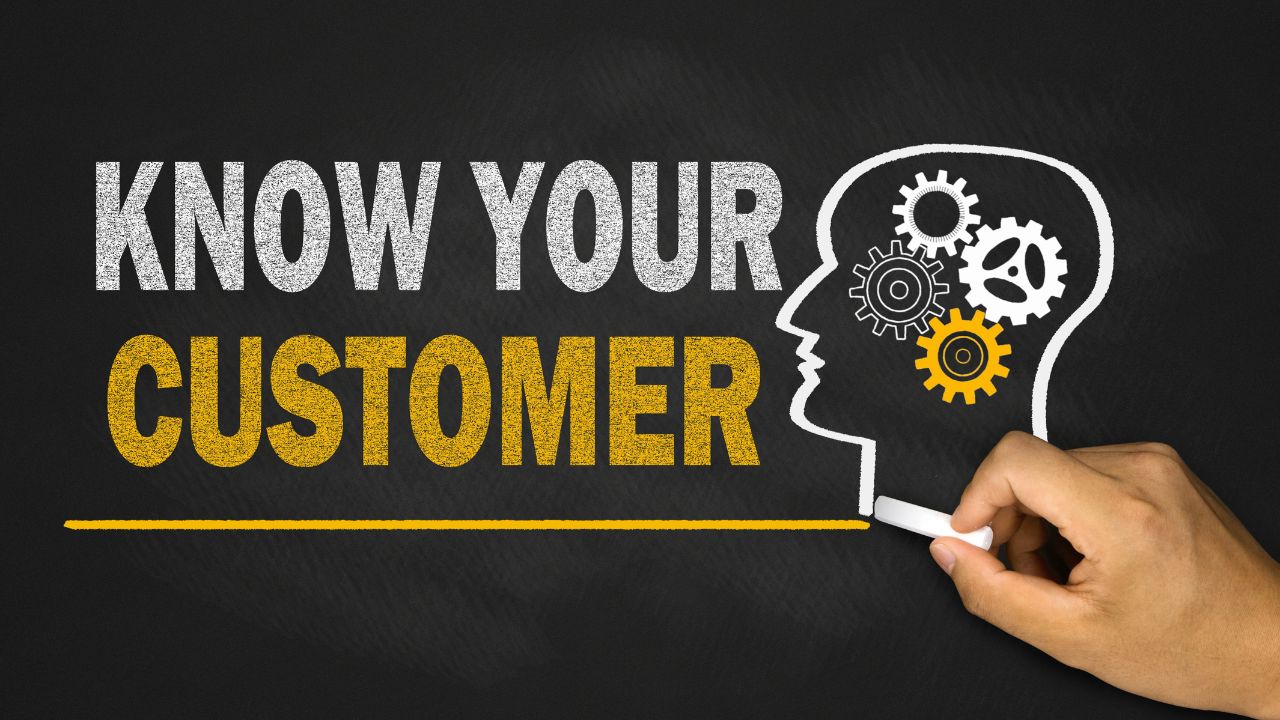Are you creating content for an audience you vaguely know? Is it clear who is interacting with your content on the other side of the screen? Something fundamental in any sales strategy is knowing key information on your customer. Beyond offering relevant content to your clientele, this helps you perfect your products and services. Implementing all of the above = more sales.
What is a Buyer persona and why do you need one?
A key tool to better understand your customers is the buyer persona. A buyer persona is an imaginary customer that represents your clients and is based on actual customer data.
However, be careful not to confuse your target audience with a buyer persona. The target audience is much broader and is a specific group of customers you aim your products at.
For example, a target audience would be: Adults aged 40 to 60 years old, married, higher education graduate, and have a family. On the other hand, a buyer persona within that target audience would be: Alfredo, 48 years old, father of 3 children who attend high school, he lives in a house with a garden alongside his wife and children, he has a dog, he likes to go fishing with his friends, and enjoys spending time with his family. The difference between the two is that one is your segment and the other is the individual, personalized. Your model client, with a name, interests, and behaviors. Another point to keep in mind is that your business can be aimed at more than one customer profile. If this happens, you will have to put together a different buyer persona for each of them.
Building a Buyer Persona
First identify your ideal client, those people who you feel your company benefits. Once you have that in mind, try using these questions to adjust your persona:
- What do they like to do?
- What do they find annoying?
- What news do they follow? How do they consume it?
- What is a day in the life of this persona?
- What level of education do they have?
- What kind of job do they hold?
- Do they have hobbies?
- Do they have goals?
- What are their frustrations?
- What brands do they buy? What do they seek from them?
- What influences their decision making?
Once you have all these answers, validate them. It’s crucial to avoid stereotypes and assumptions that may not apply to your customer base. To validate your responses, try surveying your customers. Utilize your survey results to adjust your messaging, identify personality traits, observe what content they prefer, understand where they search for information and how to have a brand presence there, the values they align with, among other things. If your actual customers and your buyer persona are wildly different there may be a disconnect in your company’s mission, check out our article on defining your mission statement.
Sometimes, users will push back against surveys with the belief that they are either a waste of time or that they are disclosing too much personal information. In these cases, try offering something in return such as a promotion or discount. Being honest about the reasons for which you are requesting information, and assuring customers that all responses will be confidential go a long way in gaining their support.
Want to create your ideal client? Try it out now using this Hubspot template.
This article is a translation of “Cómo conocer mejor a tu cliente” by Endeavor Argentina. Translation by Endeavor Staff member Eric Marroquin with additional support from Laura Ginebra



